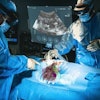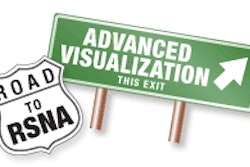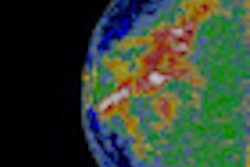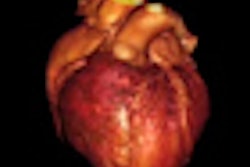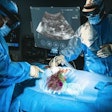Thursday, December 2 | 11:00 a.m.-11:10 a.m. | SSQ05-04 | Room E353C
A research group will present data that showed no significant performance difference in employing virtual colonoscopy computer-aided detection (CAD) on patients with or without fecal tagging.In virtual colonoscopy (also known as CT colonography or CTC), there's an increasing trend toward using oral contrast administration for tagging fecal residuals to allow for easy differentiation between intrinsic colonic lesions and pseudolesions. Different preparation strategies may create obstacles for CAD algorithms, however, according to presenter Thomas Mang, MD, of the Medical University of Vienna in Austria.
To evaluate whether CAD could be generally used in virtual colonoscopy, the study team retrospectively applied a prototype CAD algorithm to a relatively large heterogeneous database of untagged and tagged CTC patient datasets contributed by different sites, Mang said.
The authors found that the CAD algorithm yielded a standalone sensitivity of 89.6% for detecting patients with colorectal polyps 6 mm or larger. This performance also included a relatively low mean false-positive rate of 4.9 per patient, Mang said.
"Therefore, the clinical application of CAD of colorectal polyps may be employed to either tagged or untagged preparations and thus find a broader application for CT colonographic practice," Mang told AuntMinnie.com.



